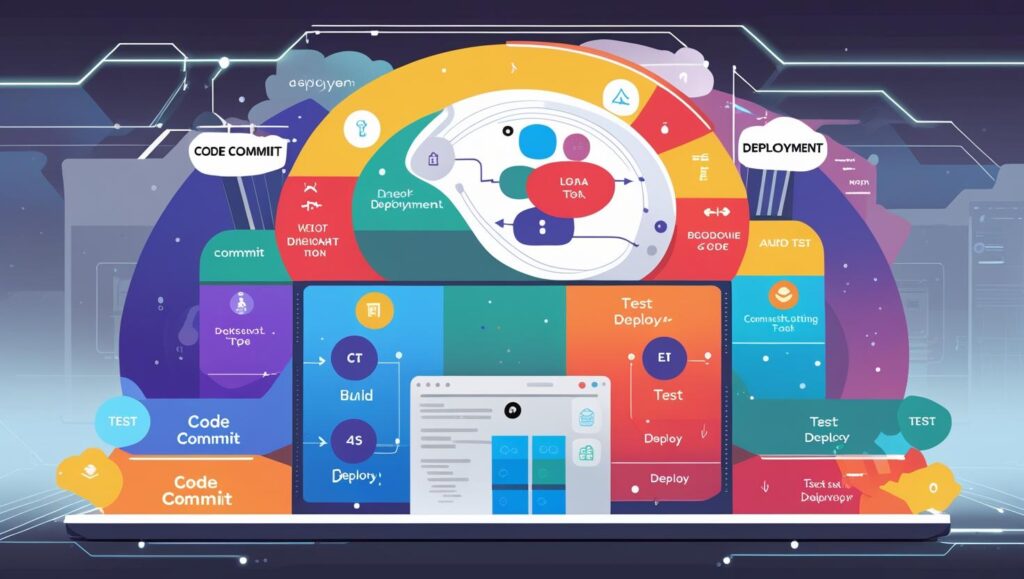A CI/CD pipeline (Continuous Integration/Continuous Deployment) is a set of automated processes that allow developers to deliver code changes more frequently, reliably, and efficiently. It integrates and deploys software updates by automating the steps involved in building, testing, and deploying applications.

Key Components of a CI/CD Pipeline:
- Source Control:
- Integrates with version control systems like Git (GitHub, GitLab, Bitbucket).
- Triggers the pipeline whenever code is committed.
- Build Stage:
- Converts source code into a deployable format.
- Compiles code, resolves dependencies, and produces build artifacts (e.g., JAR, WAR, Docker images).
- Testing Stage:
- Runs automated tests to ensure code quality.
- Types of tests:
- Unit Tests
- Integration Tests
- End-to-End (E2E) Tests
- Reports test results to the team.
- Deployment Stage:
- Automatically deploys the application to different environments (e.g., staging, production).
- Deployments can be:
- Continuous Deployment: Fully automated deployments to production after passing all tests.
- Continuous Delivery: Requires manual approval for production deployment.
- Monitoring and Feedback:
- Observes application performance post-deployment.
- Collects logs and metrics to detect issues early (e.g., using tools like Prometheus, Grafana).
Tools for CI/CD Pipelines:
- Version Control: Git, GitHub, GitLab, Bitbucket
- CI/CD Platforms:
- Jenkins
- GitHub Actions
- GitLab CI/CD
- CircleCI
- Azure DevOps
- Build Tools: Maven, Gradle
- Testing Tools: JUnit, Selenium, Postman
- Containerization: Docker
- Orchestration: Kubernetes
- Monitoring: Prometheus, Grafana, ELK Stack
Benefits of CI/CD:
- Faster Development Cycles: Automates repetitive tasks to speed up delivery.
- Higher Quality: Identifies bugs early with frequent testing.
- Consistency: Maintains a uniform process across teams.
- Reliability: Reduces human error by automating deployments.
- Improved Feedback Loops: Quickly incorporates stakeholder feedback.
